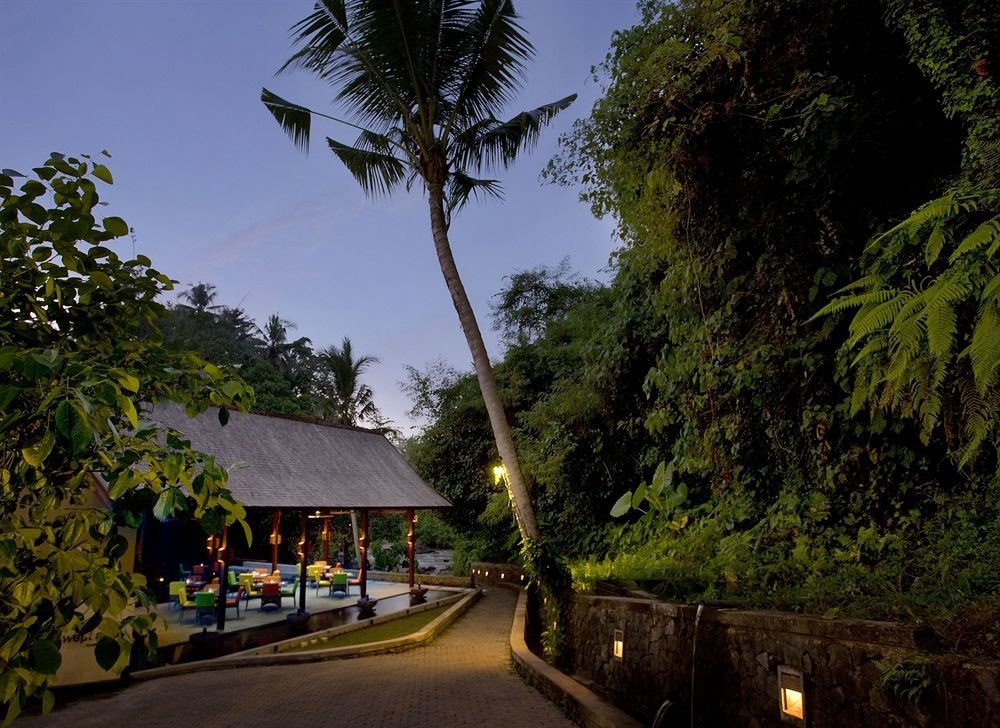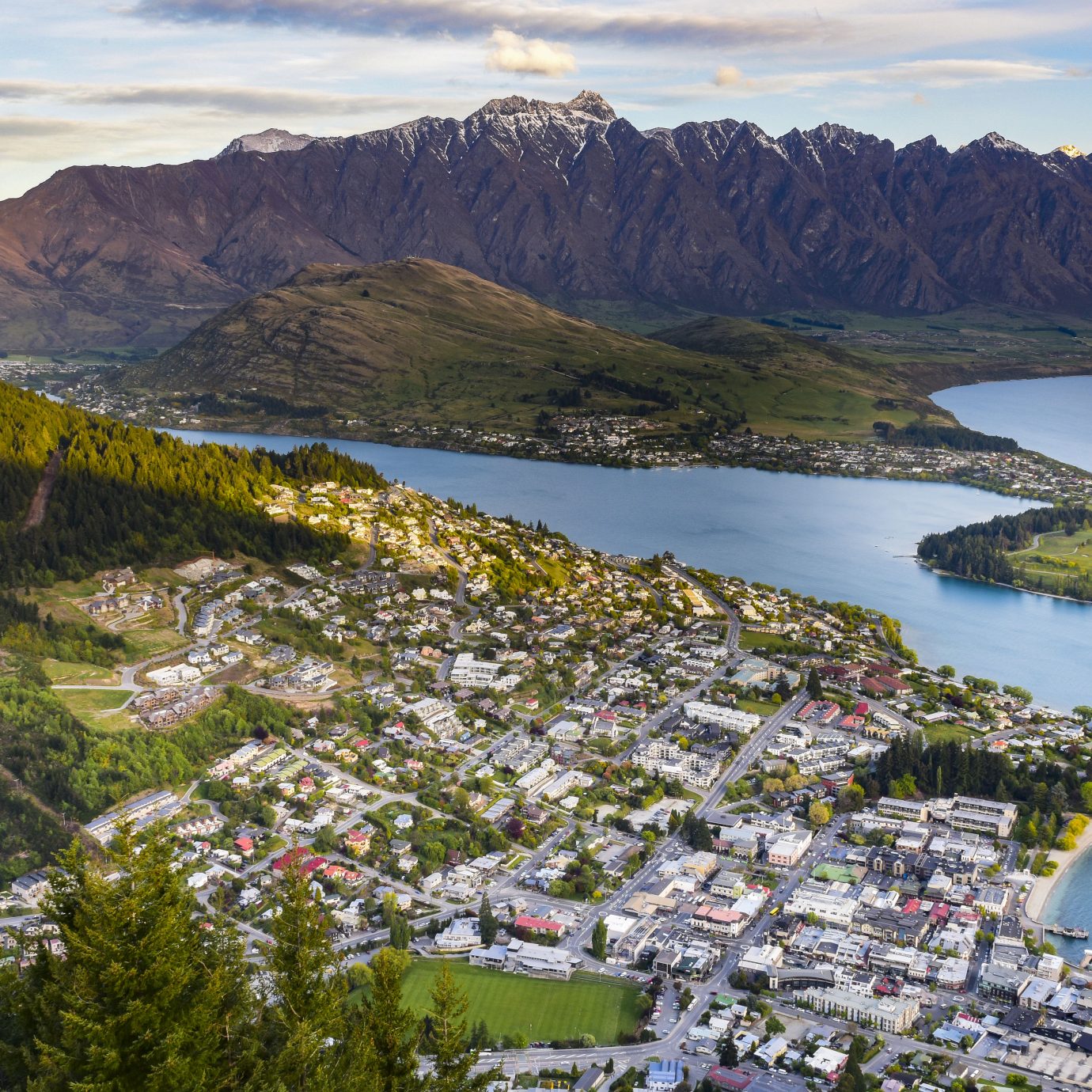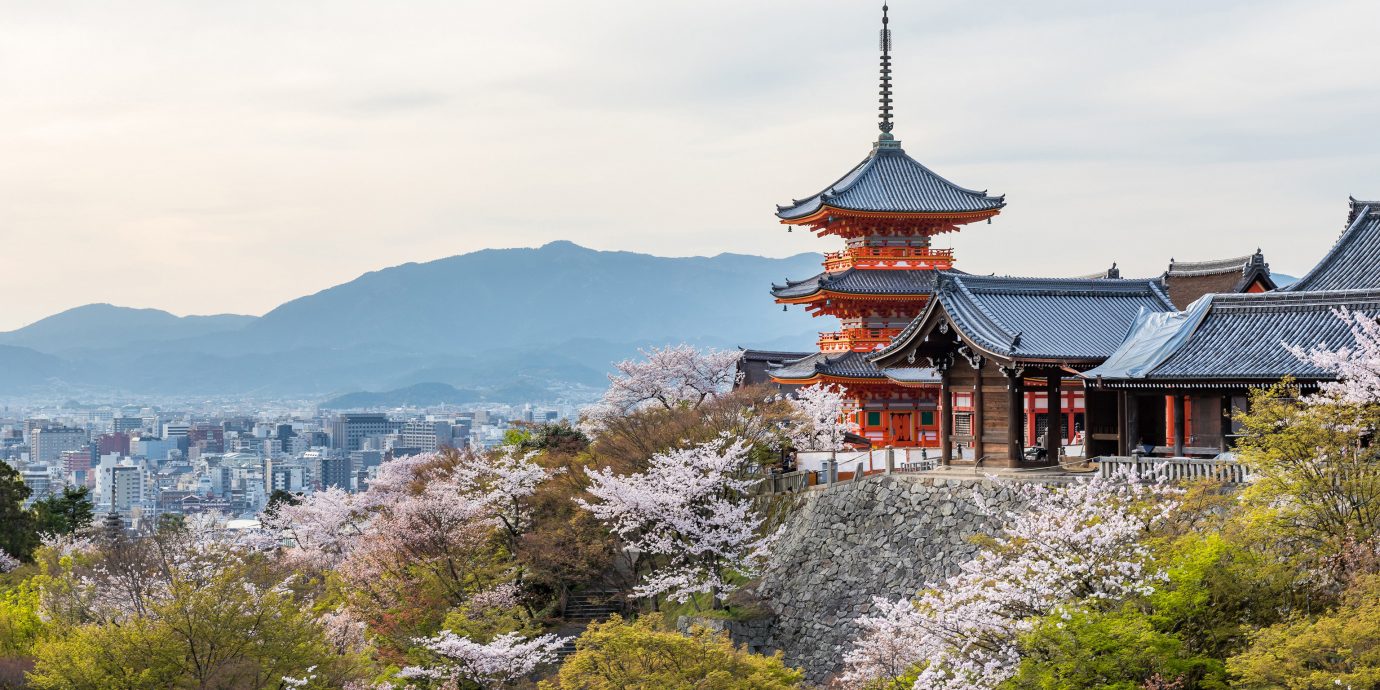
What You Need To Know Before Visiting Japan
With its vibrant cities, natural wonders, and amazing food, Japan is a country that belongs on every Jetsetter’s bucket list. However, thanks to a vastly different culture, crowded times of year, and an endless amount of things to do, planning a trip there can also be overwhelming. Below, we compiled our most essential tips for planning a seamless, fulfilling getaway to the Land of the Rising Sun.
Style + Travel Editor | Instagram @jackiehoman | jackiehoman.com
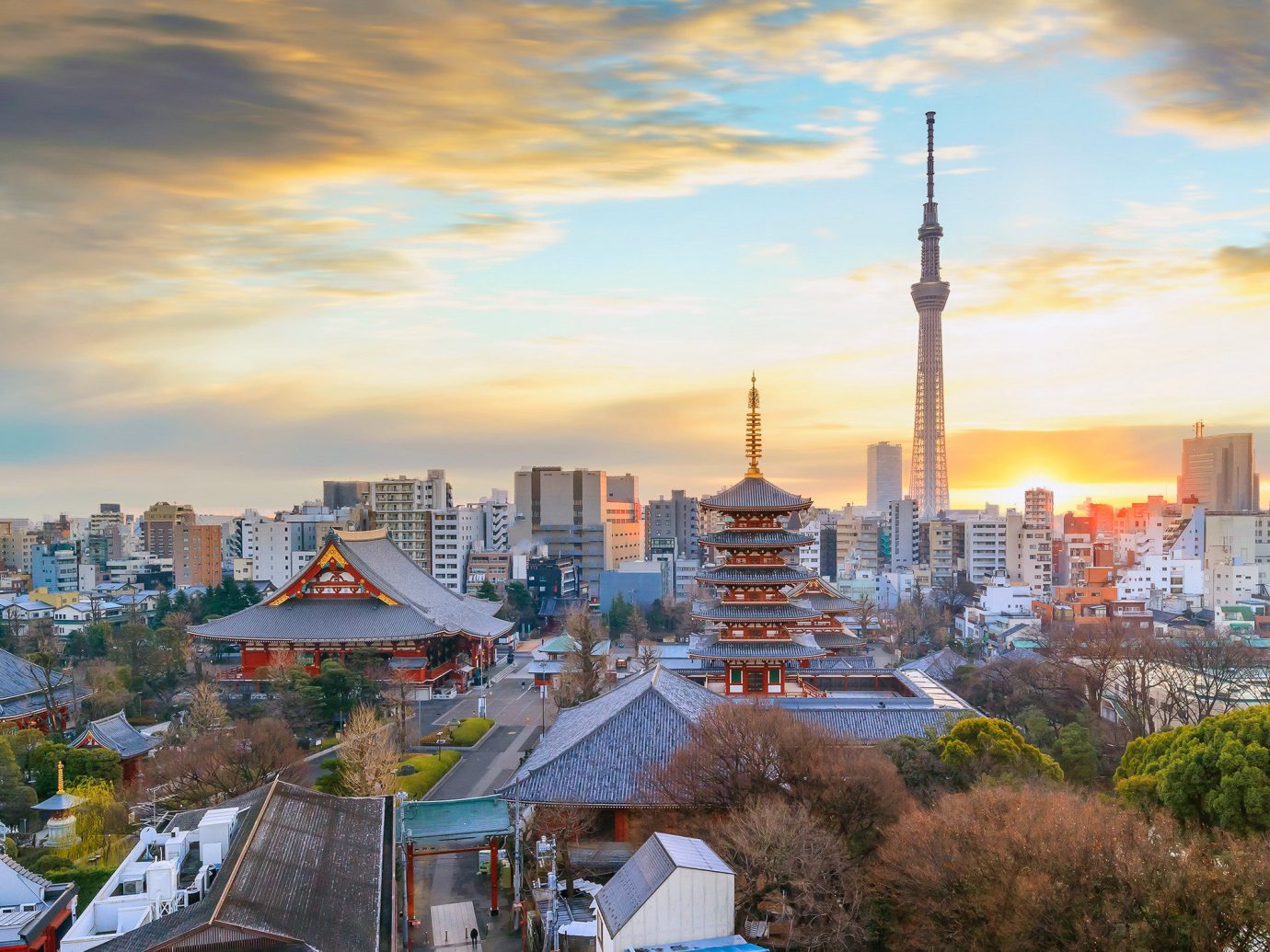
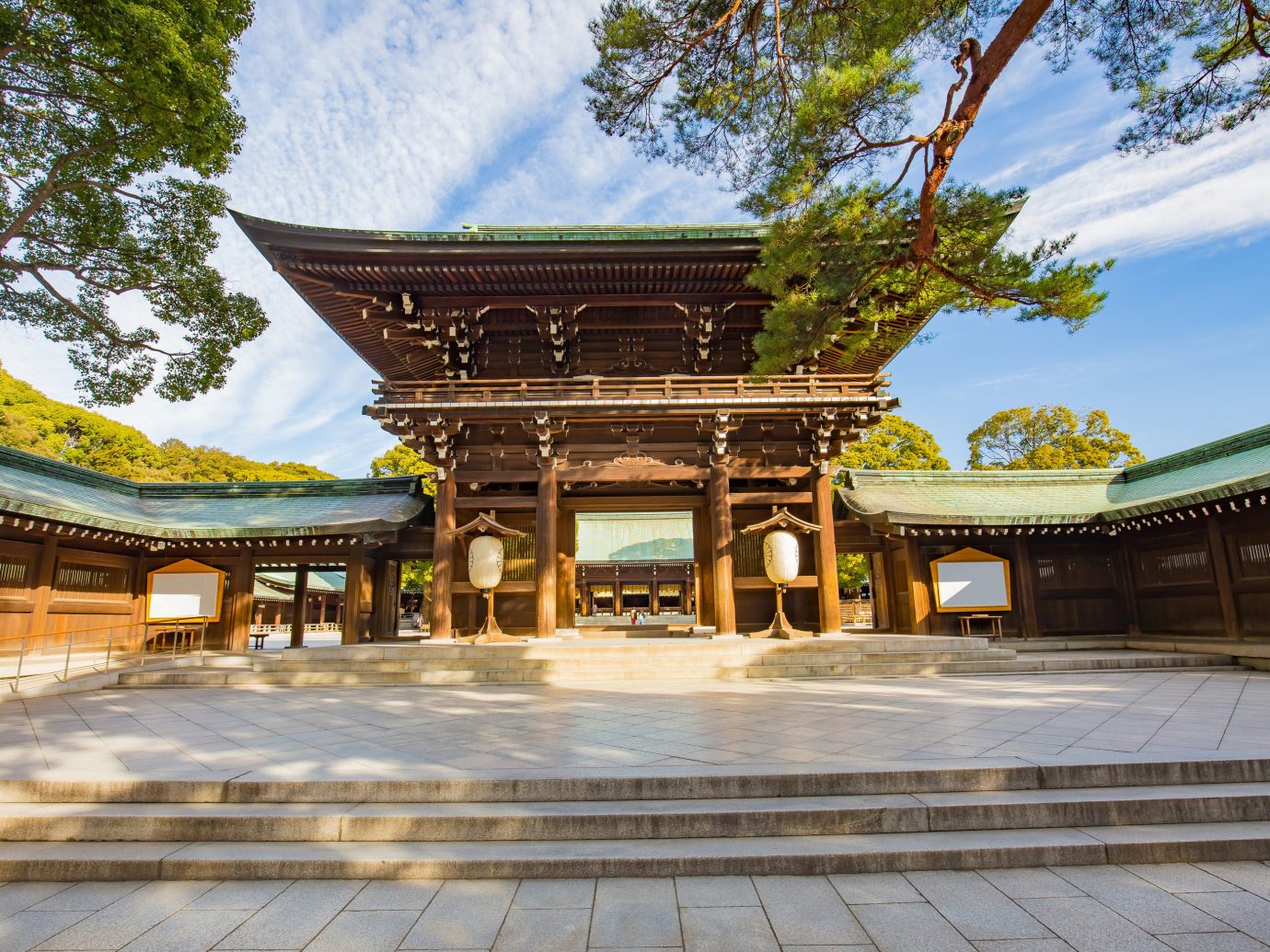
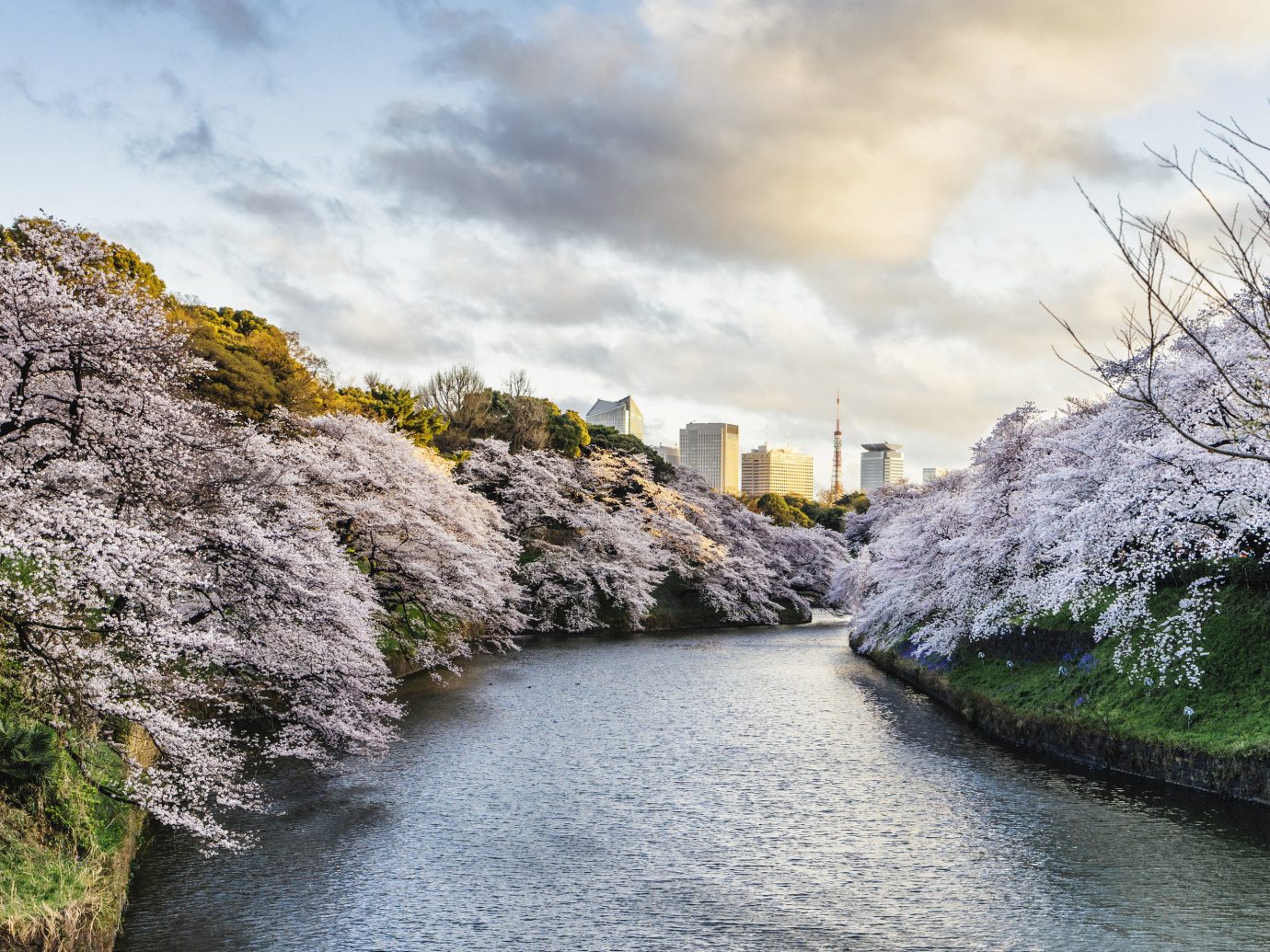
Explore beyond Tokyo and Kyoto
While there’s enough to do in those cities to keep you occupied for weeks (or months, or years), there’s more to Japan than what you can fit into a two-city itinerary. Just a 90-minute bullet train ride away from Tokyo will drop you in Hakone, known for its beautiful Lake Ashi, art museums, and top-notch onsens. To get even farther away, check out the Tottori Sand Dunes (about a three-hour drive from Kyoto) for desert views, camel rides, sand-boarding, and the Sand Museum. If lush vineyards are more your thing, pay a visit to the mountain town called Koshu, two hours from Tokyo. The wine region has been called the “Tuscany of Japan” and is home to several great wineries.
RELATED: The 9 Best Hotels in Tokyo
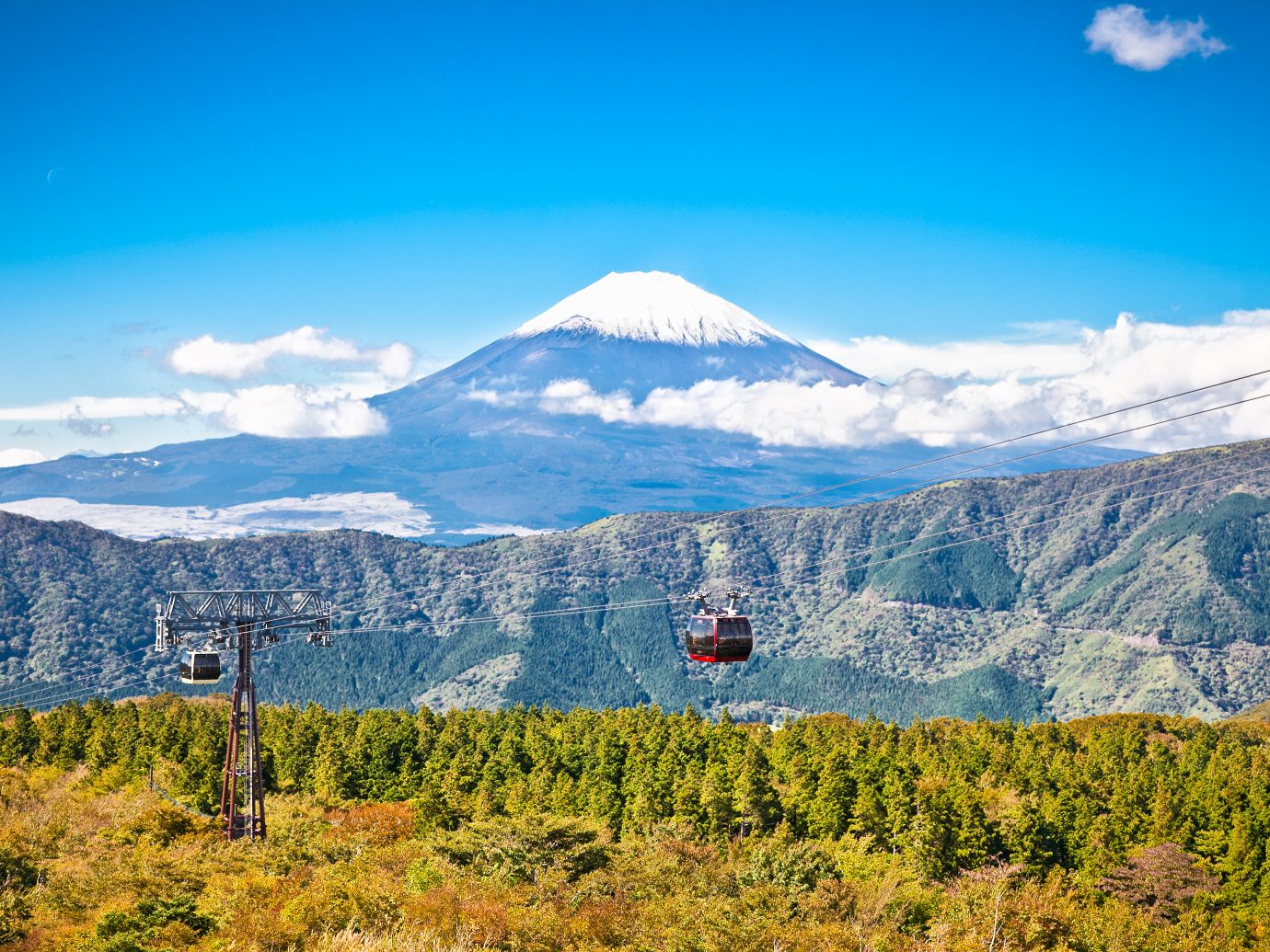
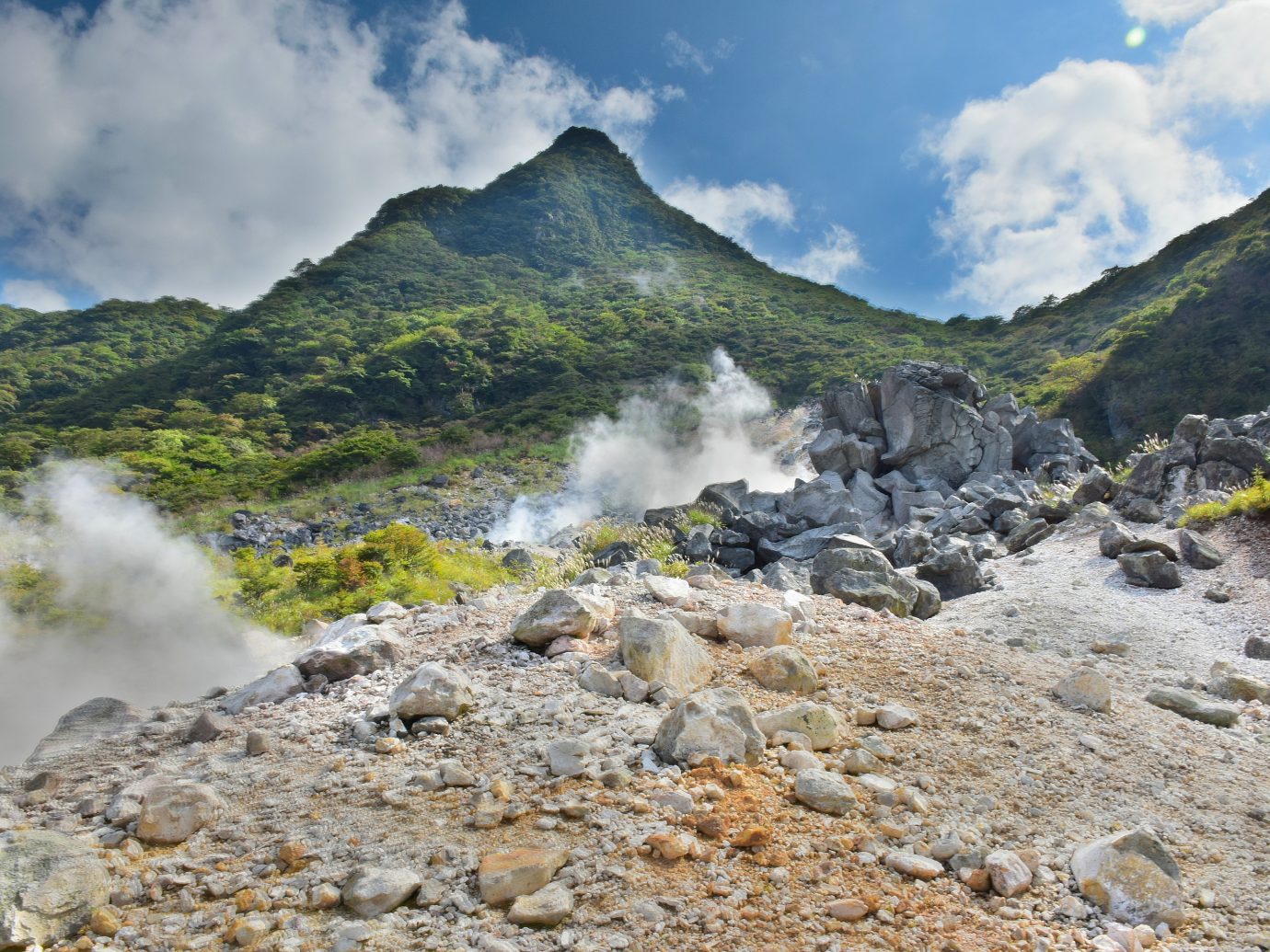

Plan your timing carefully
Japan is a trip you should plan out well in advance, since each season brings a totally new set of offerings. Set on visiting during the peak cherry blossom months of March and April? You’ll want to book your hotel as soon as possible—and brace yourself for more expensive rates. Prices go down in June and July, but typhoon season and heavy rainfall may make you rethink a summer trip. Of course, there are pros and cons no matter what time of year you visit, so check out our month-by-month Japan guide to find the best dates for you.
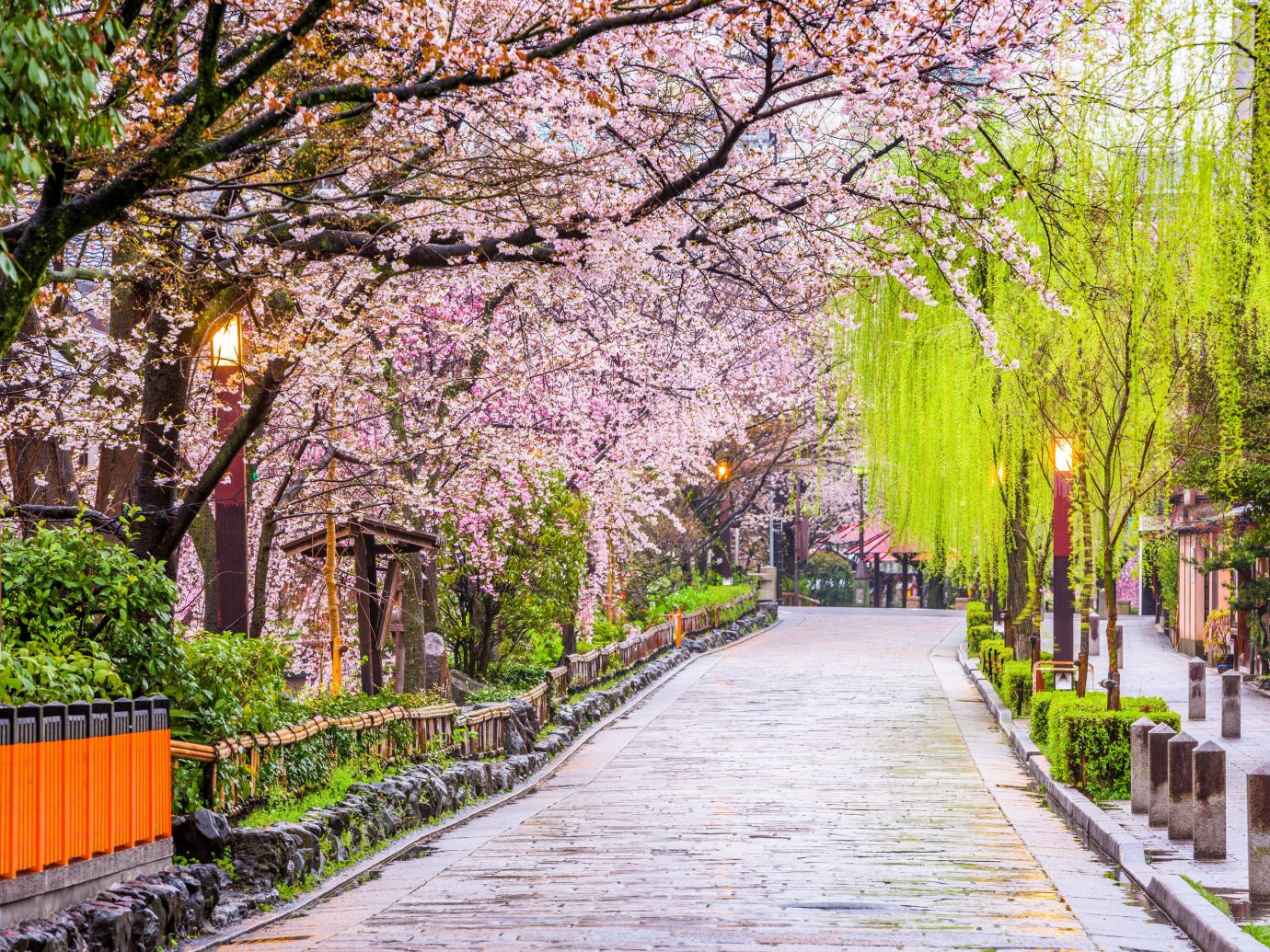
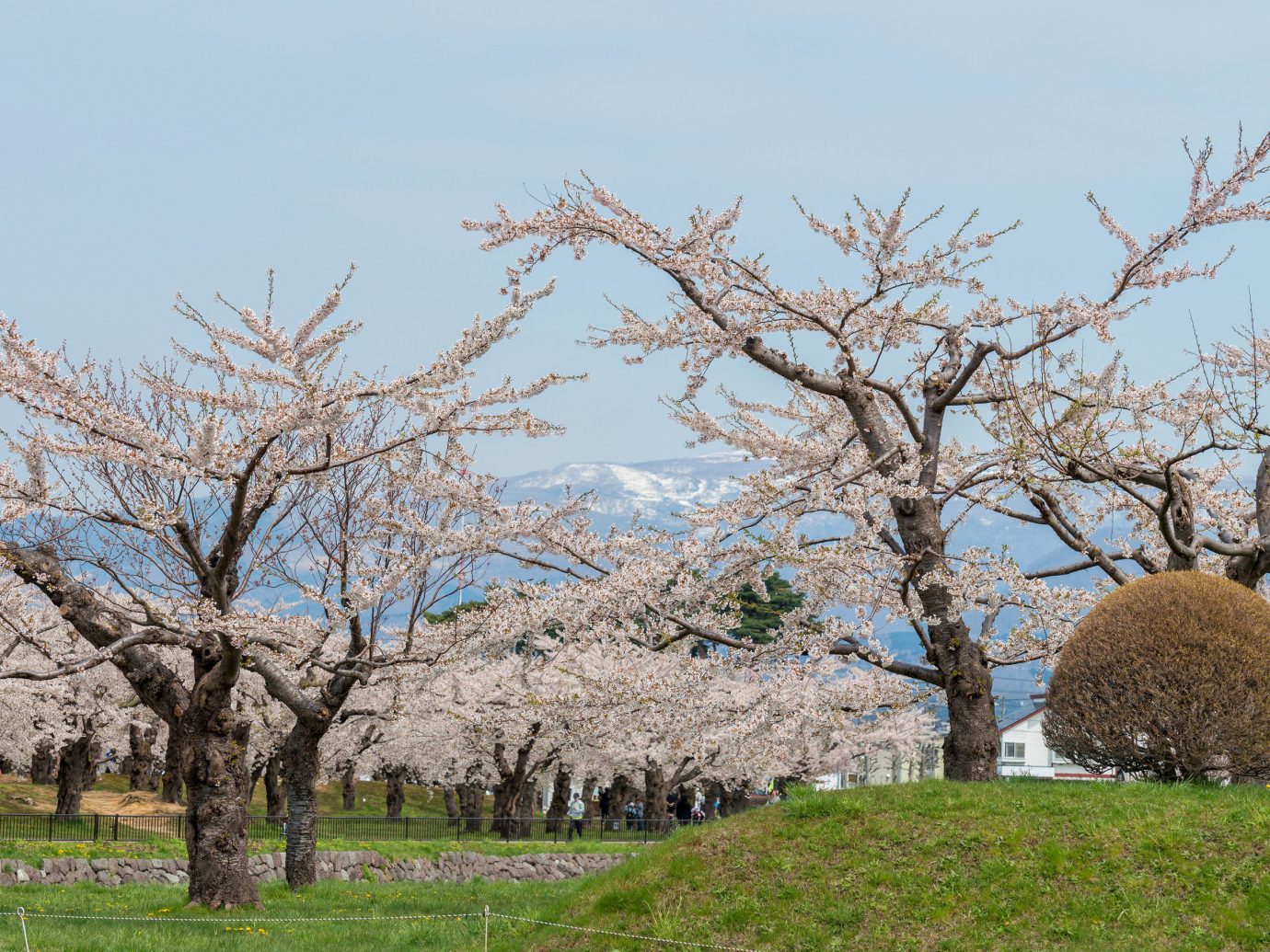
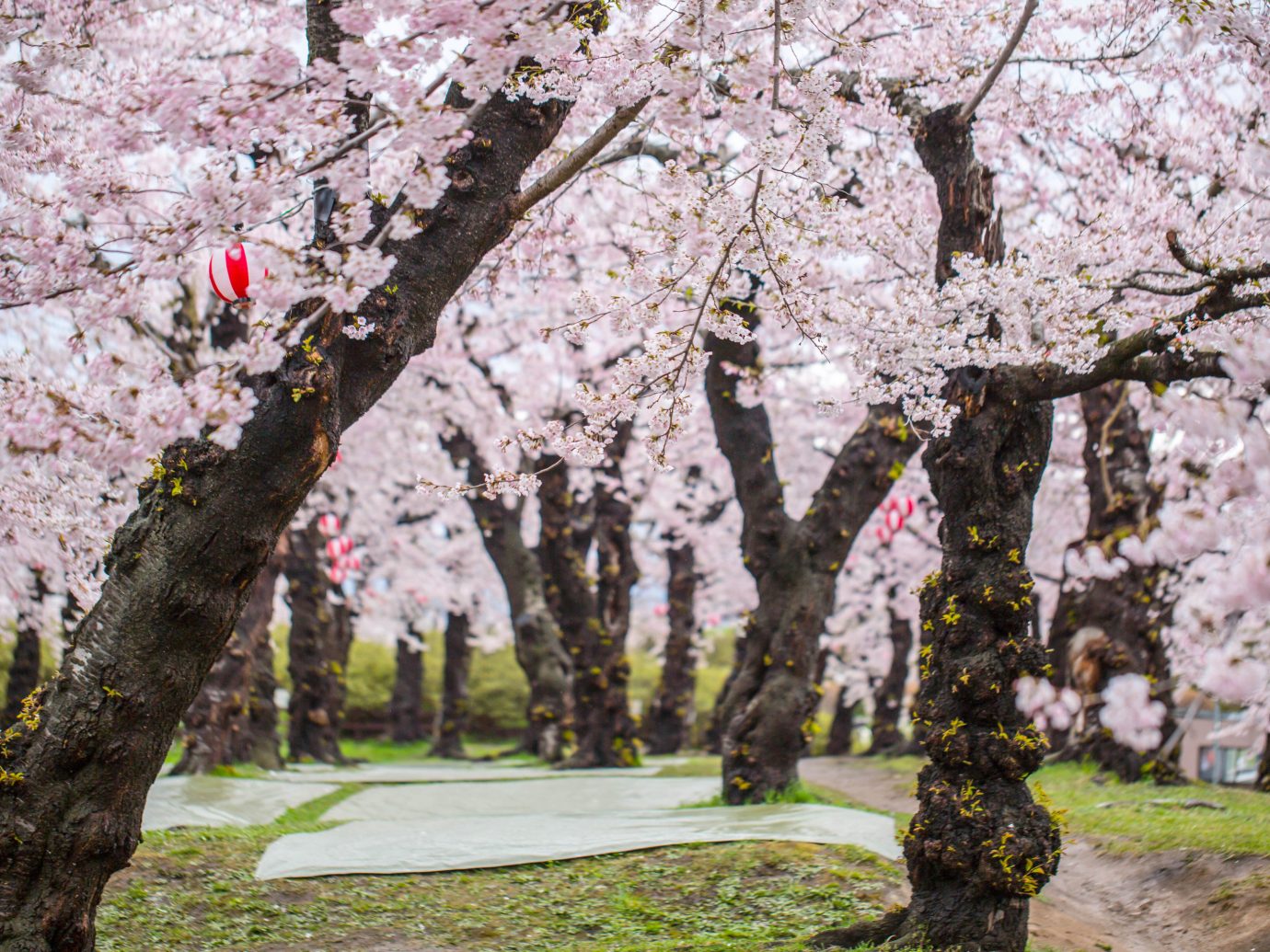
Carry cash, a rail pass, and a prepaid subway card
Taxis in Japan can be expensive, so when it comes to getting around, most visitors opt for public transportation. Save yourself the headache (and your wallet) by purchasing a Japan Rail Pass—an all-you-can-ride discounted rail ticket for the Japan Rail National trains—plus a prepaid Suica card, which is refillable and works for all non-JR subway lines and buses. Because cash-only restaurants and shops are common, it’s also important to carry around yen, especially in more rural areas. Japan is considered one of the safest countries in the world, so don’t be afraid to carry around more cash than you’re used to.
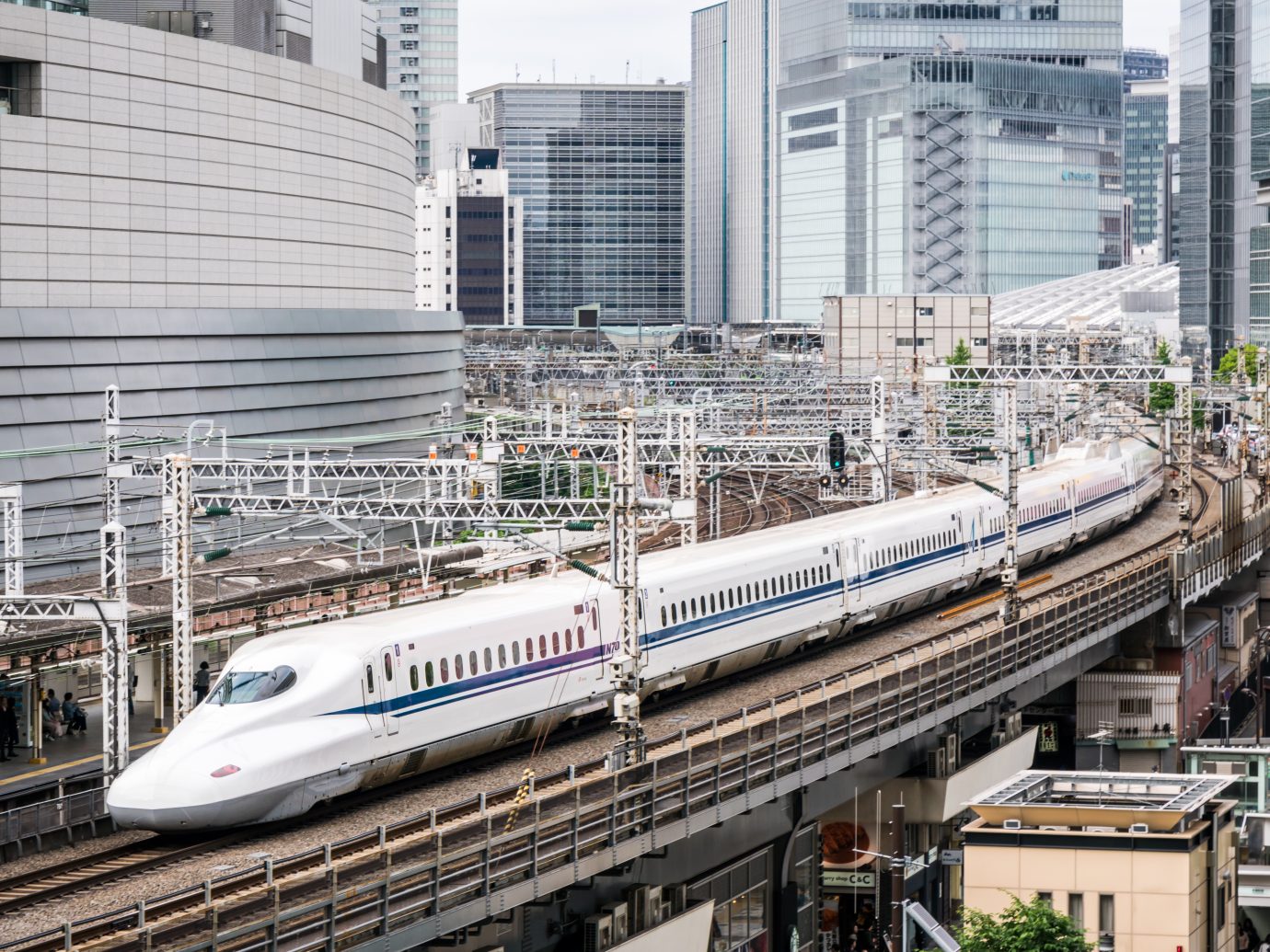
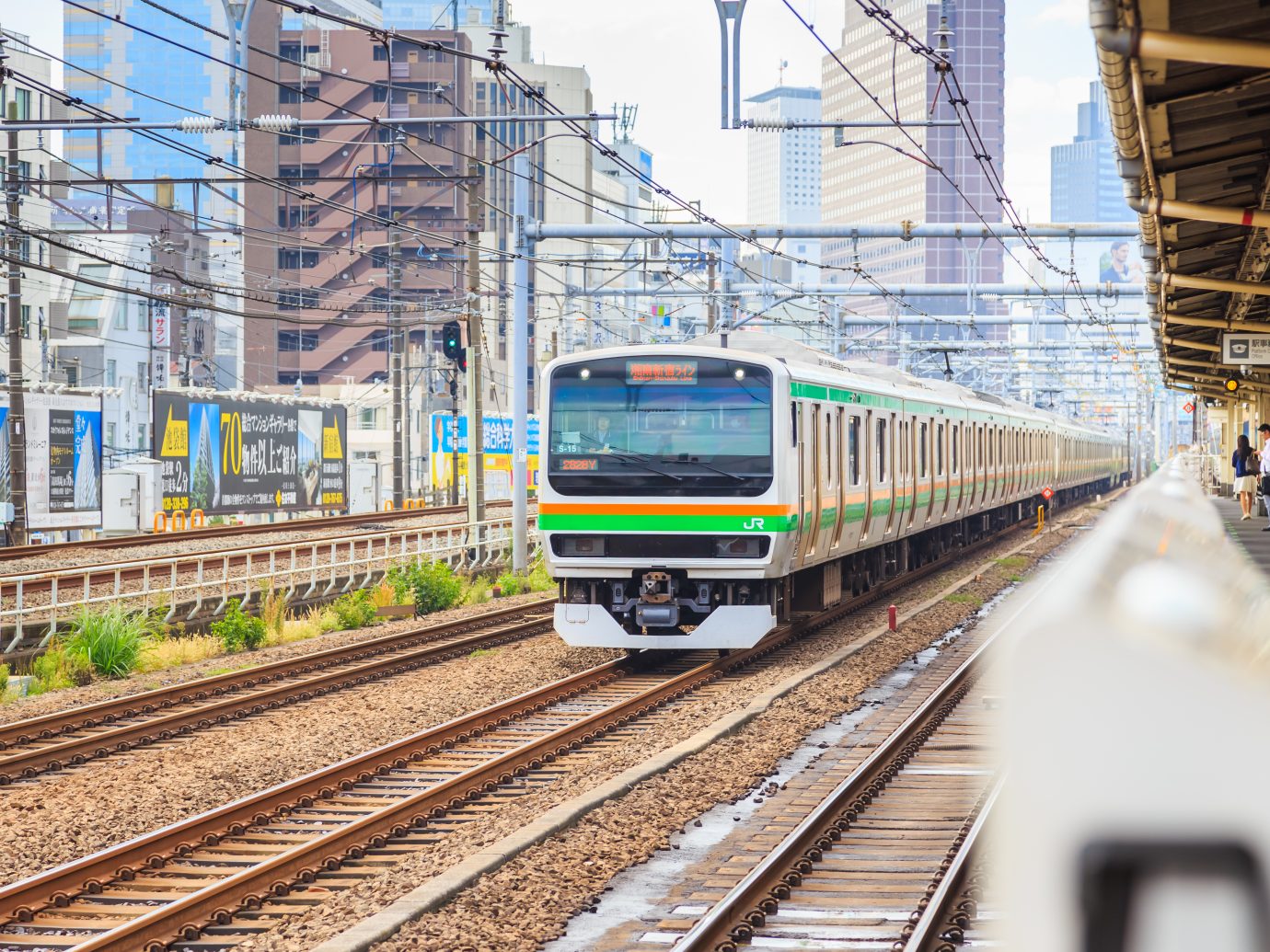
RELATED: Stylist Kate Brien’s Tokyo + Kyoto Photo Diary
Taste new foods
The best way to immerse yourself in any country? Through your stomach. While you may be gearing up for an all-out sushi-eating extravaganza, make sure to broaden your horizons to other Japanese cuisine as well. For the ultimate foodie, Japanese markets are the perfect place to spend a morning: pick up interesting snacks at Nishiki Market in Kyoto or join a Tsukiji Fish Market tour in Tokyo to have an expert lead the way. Of course, good ramen and soba are must-eats for noodle lovers, and you can’t leave the country without tasting its crispy, deep-fried tempura dish (Tempura Kondo is known for having some of the best). After a long day, satisfy your sweet tooth with mochi, a traditional rice cake dessert often topped with kinako—a roasted soybean flour with a more mild, sugary taste.
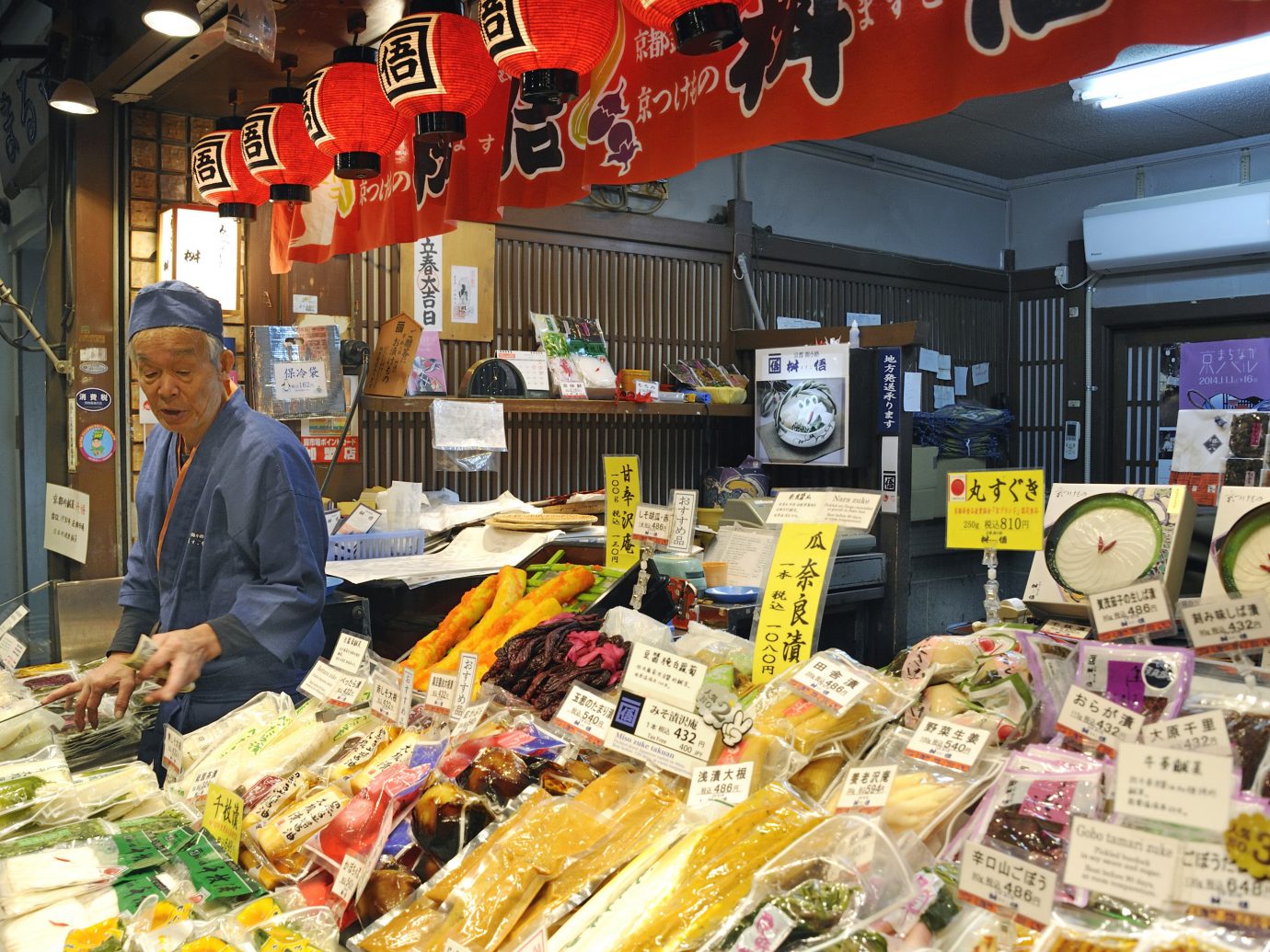
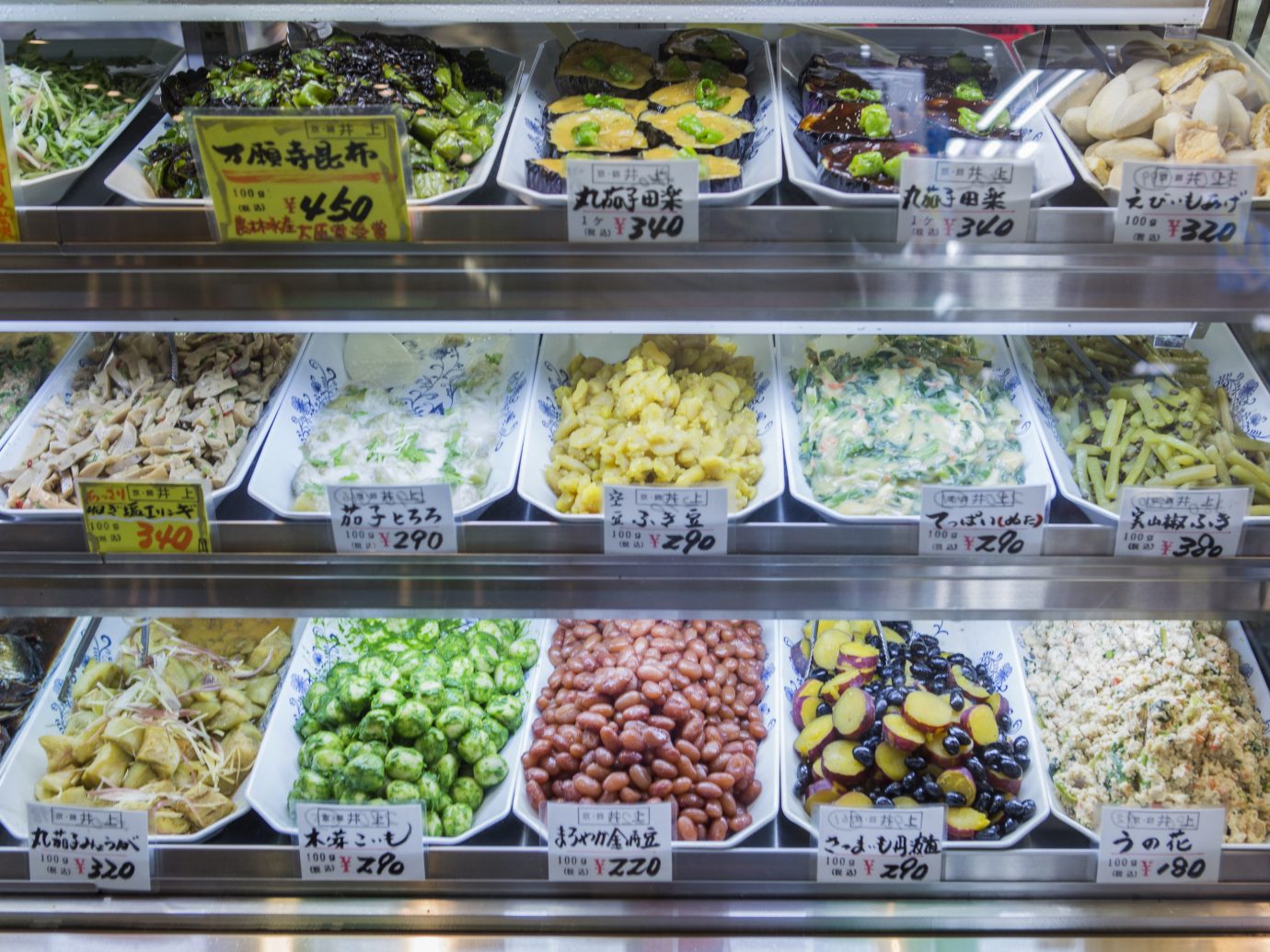
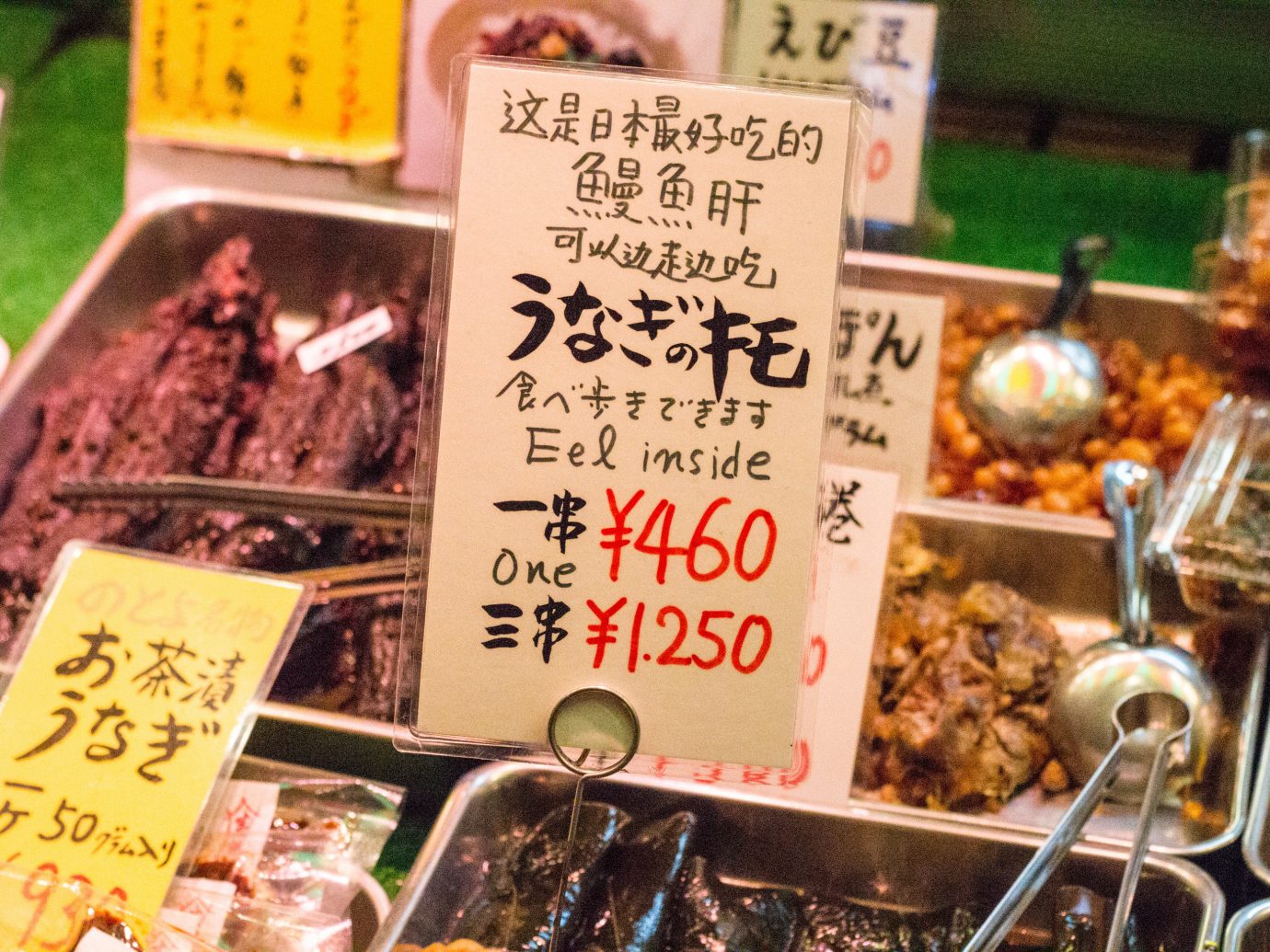
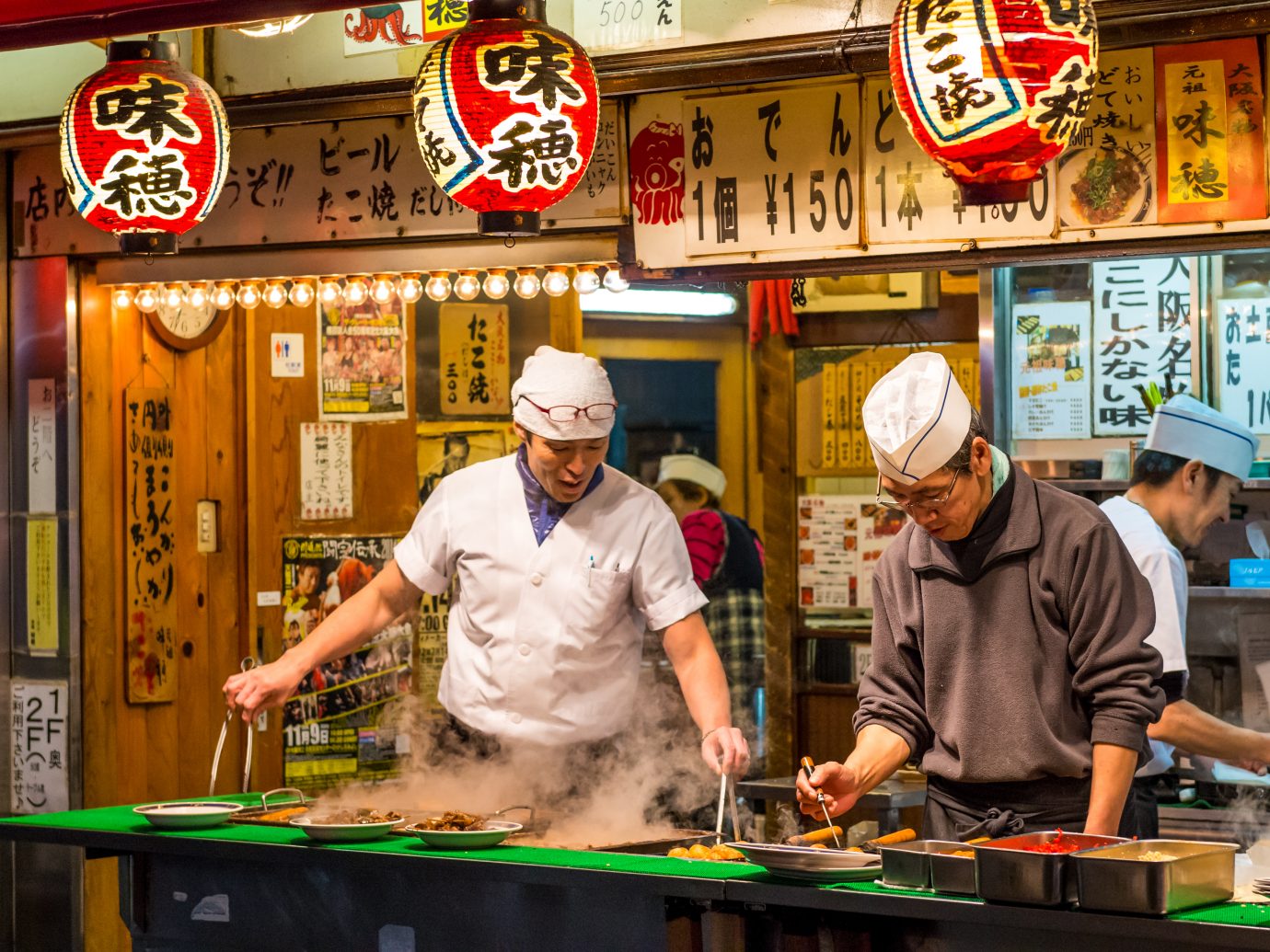
Learn local etiquette
When visiting a country for the first time, the last thing you want to do is accidentally act in an offensive manner. The Japanese are especially known for following proper etiquette, so familiarize yourself before you go. For example, when greeting a person, it’s polite to offer a slight bow or a handshake but never a hug or kiss. If you’re meeting someone like a host or business colleague, it’s customary to offer a small gift. It’s also common for establishments in Japan to have shoes-off rules; check for a sign before walking straight into a restaurant or ryokan and always wear clean socks. Avoid eating and drinking in the streets, and when in restaurants, follow proper chopsticks etiquette. In general, respect, timeliness, and rule-following will go a long way.
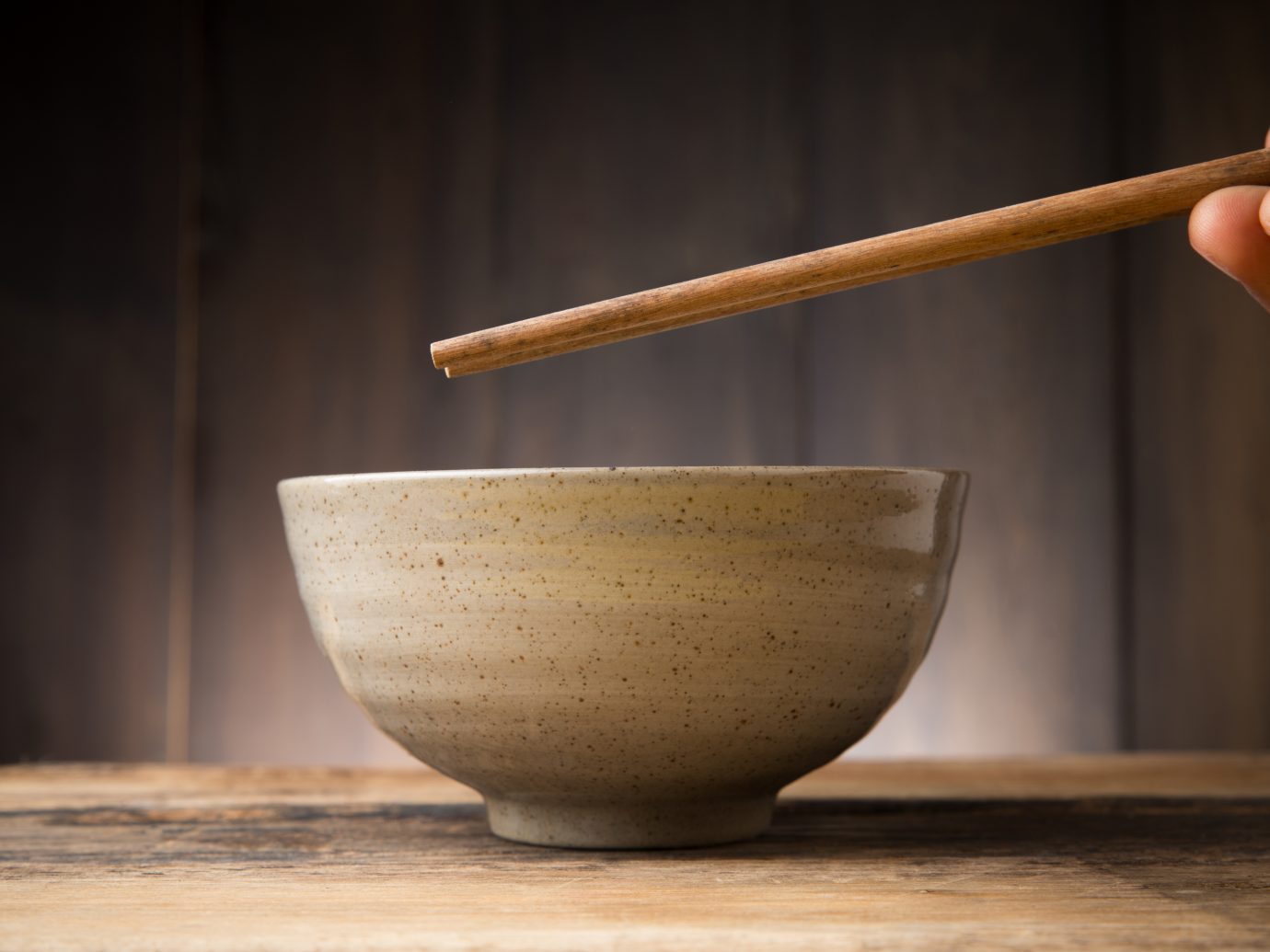
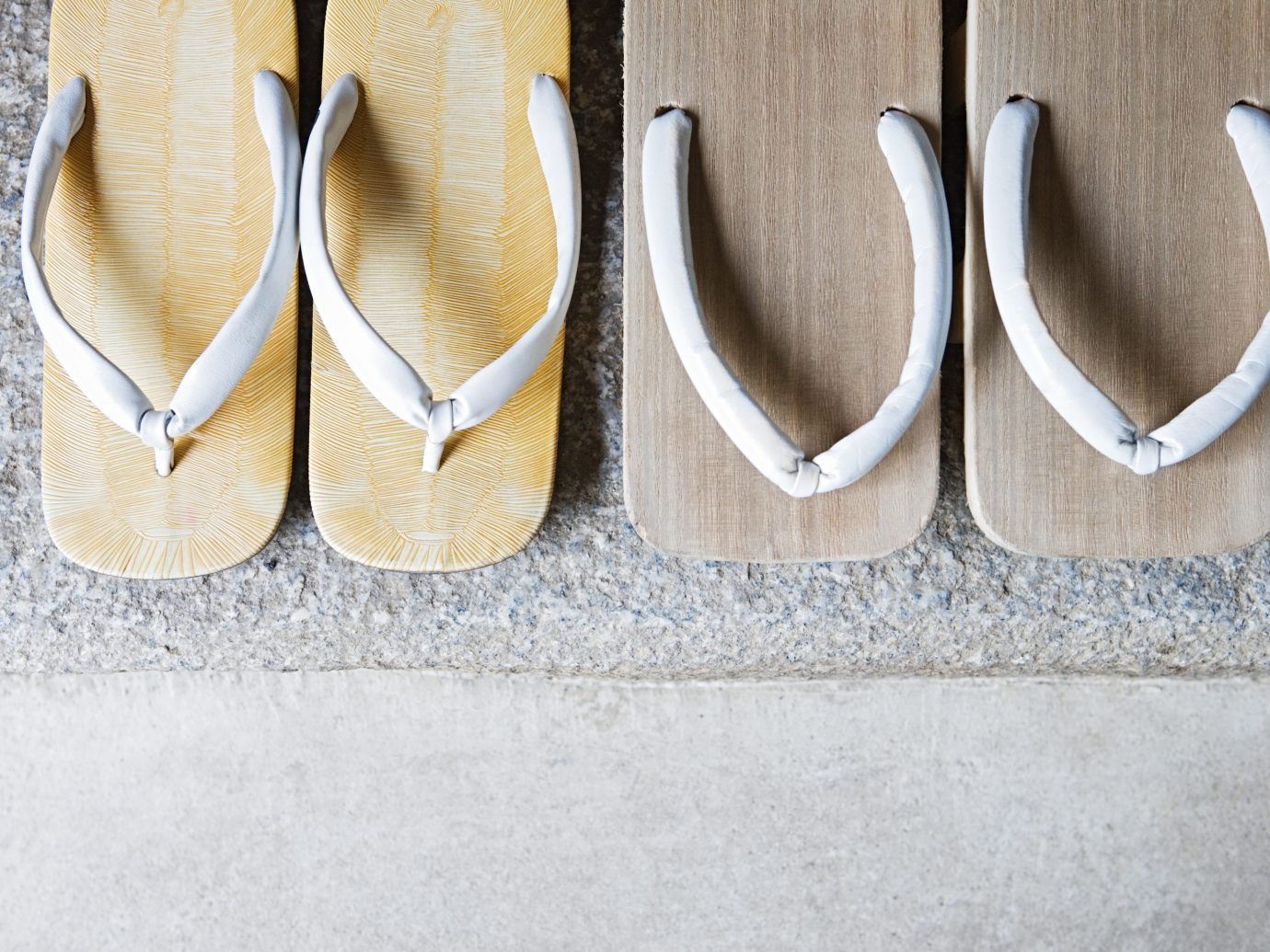
Pack properly
If you plan to take the train around Japan, it’s essential to pack lightly. We recommend carrying a duffel bag or backpack, rather than a large wheeled suitcase, for maximum space and efficiency as you travel throughout the country. Good walking shoes are a must and, since Japan errs on the conservative side, it’s best to stick with nice but not-too-flashy clothes. Lastly, you won’t regret throwing a camera in your bag. Japan is too beautiful to resist capturing on film.
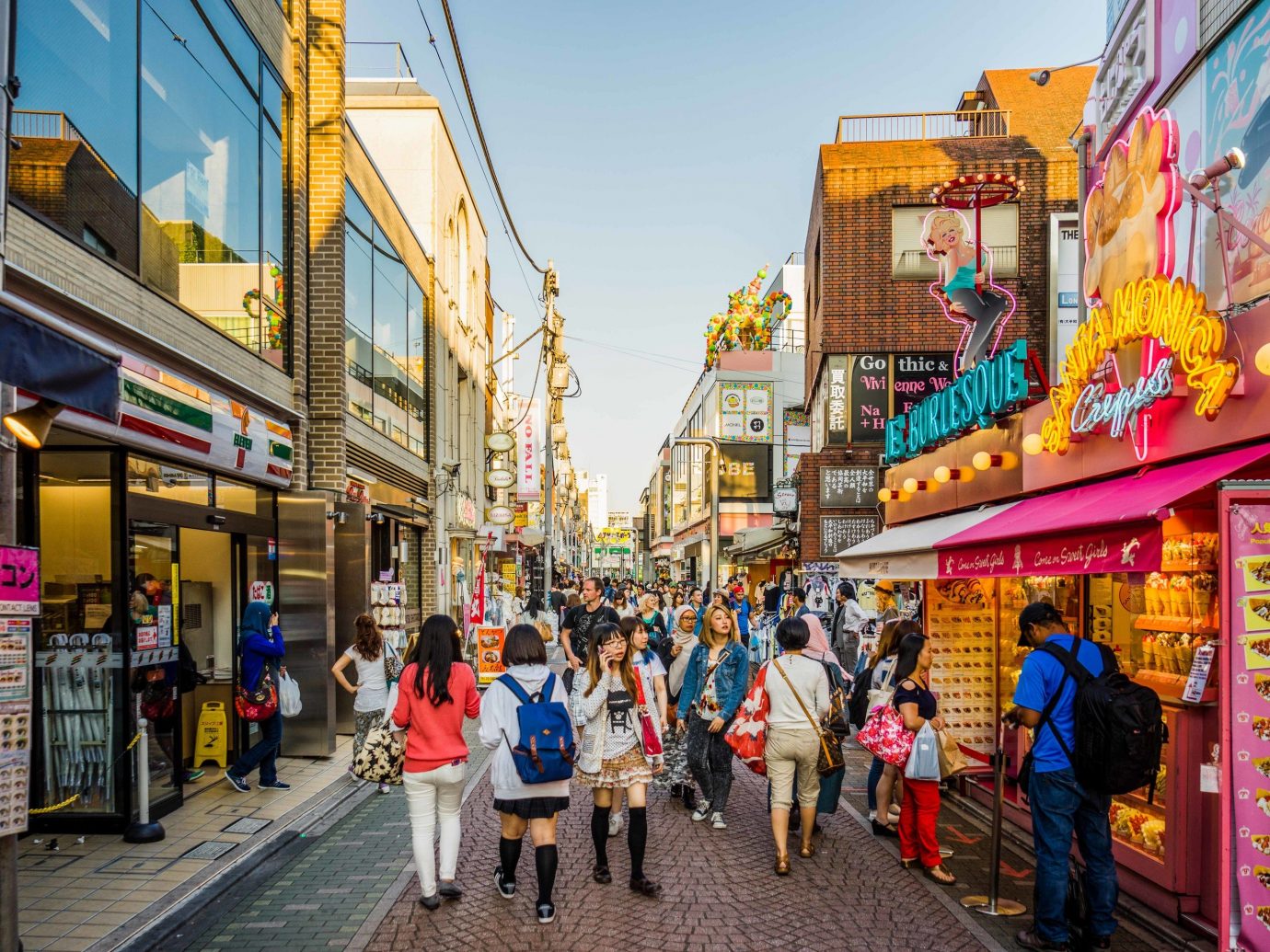
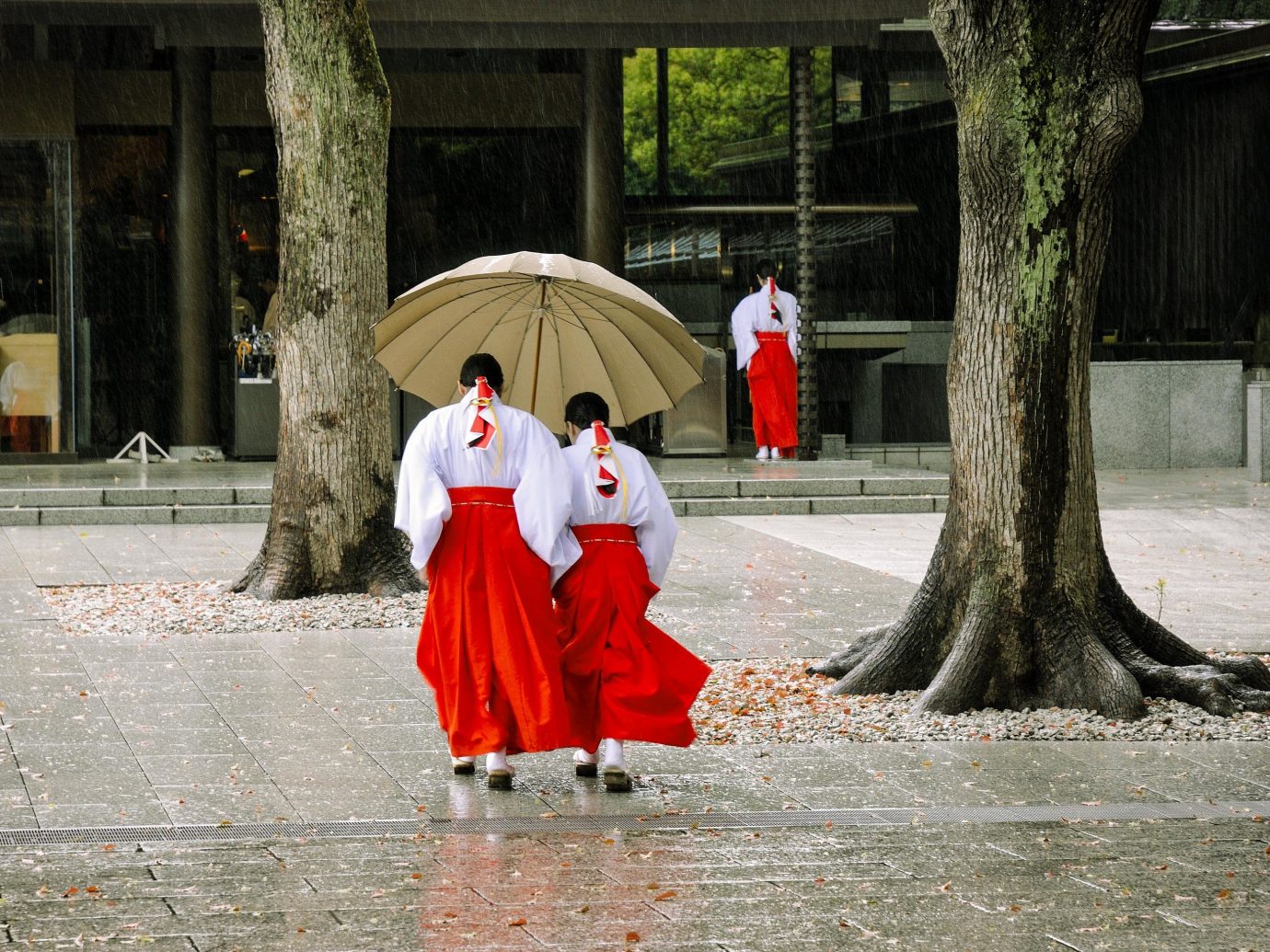
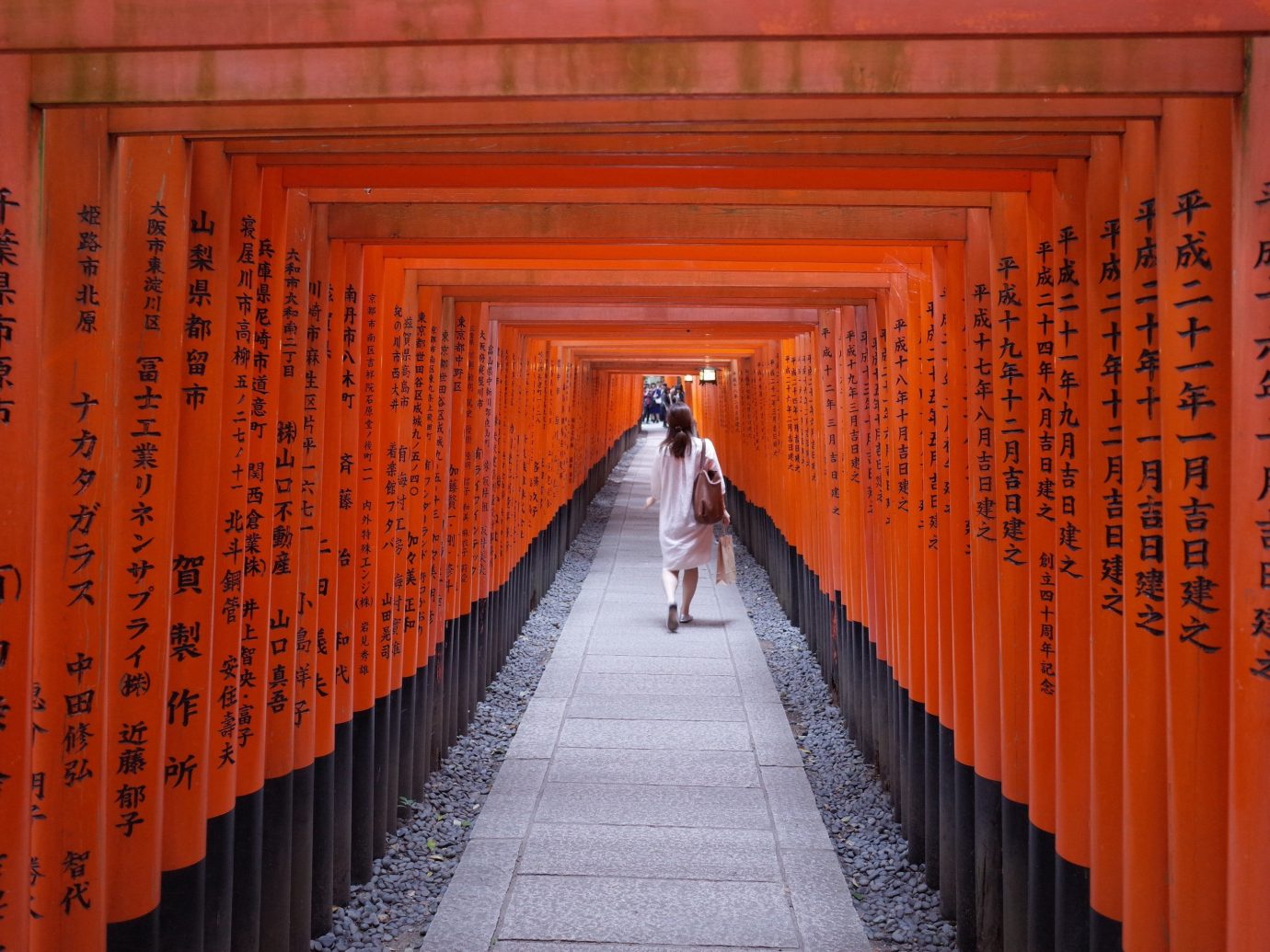
Want more?
- 11 Amazing Places to See Cherry Blossoms Around the World
- The Best Backpacks To Buy Now
- 9 Life-Changing Trips to Take in Asia
Comments
All products are independently selected by our writers and editors. If you buy something through our links, Jetsetter may earn an affiliate commission.
Become a Jetsetter.
Use our insider connections to know where to go and what to do.
By proceeding, you agree to our Privacy Policy and Terms of Use.
Thanks for Signing Up!

